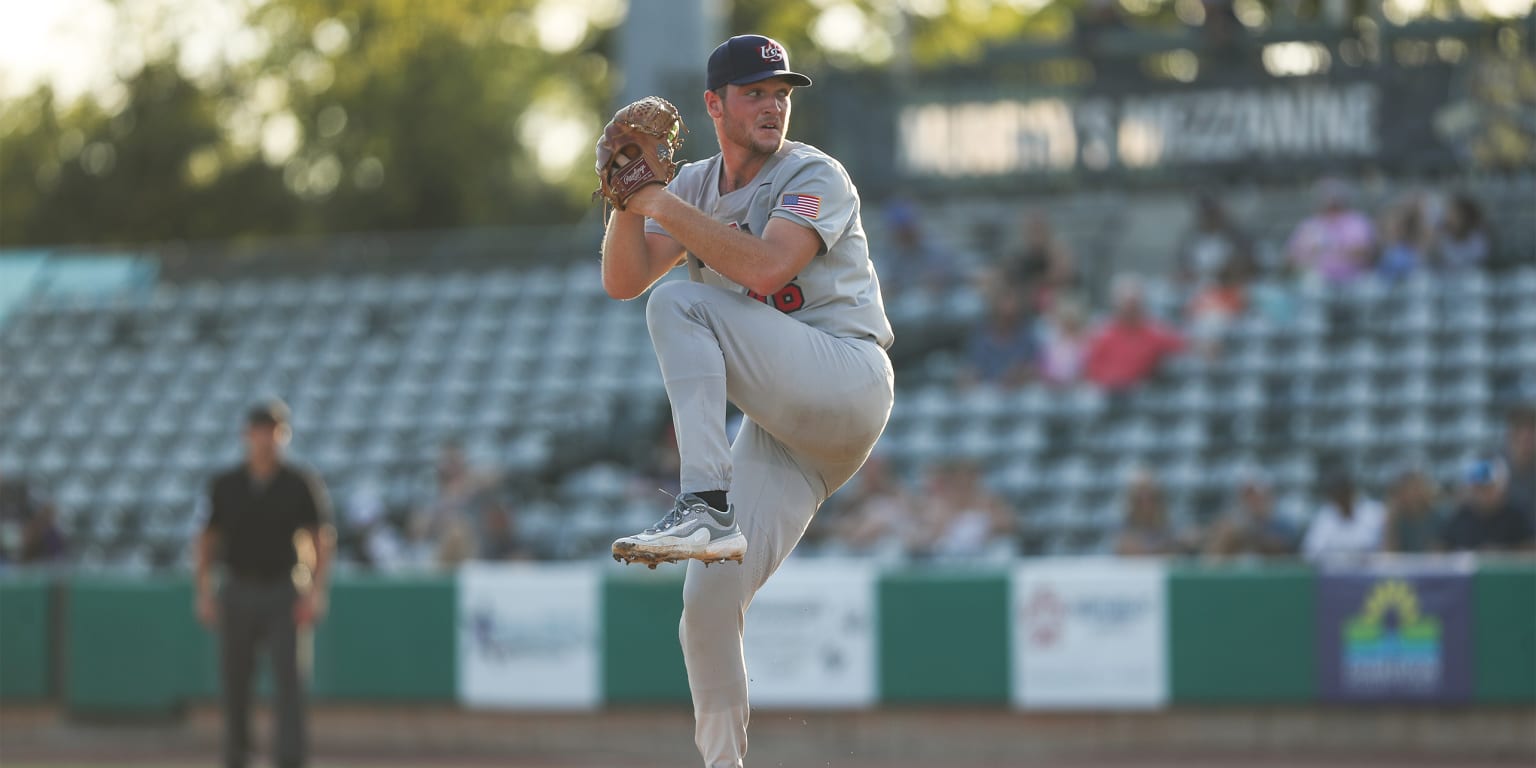Horse Racing
Saratoga Horse Racing: Crown Jewel or Cruel Tradition — The Skidmore News

If you asked me about my “Roman Empire,” as has become trendy to do, I would tell you that it’s the Saratoga Race Course. (For folks who are less chronically online, Roman Empire refers to a concept or idea that often preoccupies someone.) After starting an animal charity ten years ago, I’ve become accustomed to asking difficult—and often gruesome—questions that few are willing to find the answers to. Since beginning my freshman year at Skidmore in the fall, my peers often ask me how I feel about Skidmore’s proximity to the track once learning about my animal activist efforts. After I committed to Skidmore, I had similar interactions with family members who knew about Saratoga’s main attraction. My answer was the same every time: “I wouldn’t be caught dead at the Saratoga track.” Regardless, activism is more than not going to the racecourse; instead of quietly ruminating on the injustices in our college town, I’ve turned my attention to the sore thumb of Saratoga Springs: Saratoga Racetrack.
Saratoga Racetrack conjures images of well-manicured gardens, disciplined horses, and families watching in awe as jockeys and their mounts burst out of the starting gates. In reality, horse racing is a dying sport that sees a decline in attendance every year, nor is it profitable for the state. While tourism sometimes brings a boost to surrounding communities—though often only to a nearby casino — most New York tracks depend on subsidies and grants from the state.
Horse racing writ large is an abusive practice. Jockeys whip horses repeatedly in an environment where a single fall could mean the death of the horse. Onlookers watch, bet, and cheer as money changes hands. Families attend a spectacle of what seems to be an innocent sport that unites people and animals. In truth, horse racing is steeped in abuse, medical neglect, and debt. Can it really be a sport if it rests upon a structure of exploitation?
The racehorse industry cycle of abuse begins with champions’ parents. Many mothers are pregnant for 90% of their lives, separated early from their young foals, and die premature deaths. The newborns are then moved to nurse mares, who provide the foals with milk so that the champion foals’ birth mothers can birth more horses. In order for nurse mares to produce milk, however, they must have foals of their own. Current legislation makes it illegal for farmers to sell foals under six months to slaughterhouses, but farmers are not willing to pay for the care required of a young horse. The nurse mare’s children are either left to starve or are clubbed or shot. In 2023 alone, The Jockey Club reported that nurse mares birthed about 30,000 foals. Unless rescued, all of them died.
Less than half of the champion foals make it to racing. The remaining are either sold to slaughterhouses or move on to less regulated and more dangerous racing. Racehorses begin training at a year and a half old, long before they’re fully grown—most horses fully develop anywhere from six to nine years old. Their underdeveloped skeletons are exacerbated by intense training, and young racehorses often suffer from debilitating injuries. By the time racehorses are five years old, they can no longer race — that is, if they’ve made it that far. At this point, if a rescue is not able to care for them, they are sent to slaughterhouses.
On average, twenty-four horses die every week on US tracks. Many of those are from euthanasia after an injury; horses often sustain injuries to their legs and lungs. In a study conducted on 747 racehorses in 2005, 90% had blood in their lungs. Blood in a racehorse’s lungs is linked to poor performance, but signs are usually ignored and can result in death.
Aside from injuries, racehorses suffer from other forms of abuse. Defenders of the “sport” claim that whipping does not hurt the animals, whips have padding, and that whips increase performance. None of these assertions are backed by evidence. If a horse is already running fast enough to stumble and break a leg, how can it run any faster?
What motivates horse racing, despite the abuse it causes? Money is the obvious answer, but it isn’t that simple. The Times Union reported that New York State gives an unmatched amount of tax breaks and subsidies to racetracks; since 2008, the state has given nearly three billion dollars to horseracing, only $450,000 of which the tracks have paid back. The state contributes about $200 million to horse racing every year, and in February of 2023, Governor Hochul proposed a budget that would give $445 million to Belmont. She claimed that the New York Racing Association—which owns the Belmont, Aqueduct, and Saratoga tracks—would pay the loan back over a period of twenty years, but the NYRA has yet to pay back any other money that the state has given them. Hochul used a study that has since been proven false to justify the loan, but steadily declining attendance at races shows the likelihood of any money returning to New York as slim. From 2016 to 2020, the NYRA tracks lost an average of $70 million.
The fatality rate of horses at the NYRA tracks does not justify loans. At least 850 horses died between 2009 and 2022 at the three NYRA tracks. The larger picture of New York horse racing that Horseracing Wrongs paints does not look any better: in 2022, 99 horses died; in 2023, 124 horses died; 16 horses have died so far in 2024. Eleven of those sixteen deaths have occurred at NYRA tracks. Death rates are not declining and tracks are not becoming any safer; to what end? The situation on the Saratoga Thoroughbred track reflects the conditions of the rest of the state. Last summer, the Horseracing Integrity and Safety Authority (HISA) reported that fourteen horses died, though 92% of them had fetlock injuries and half of them had the same kind of bone fracture. Studies by the Journal of the American Veterinary Medical Association show that forelimb injuries are indicative of bone disease, but without proper veterinary care and potentially poor breeding, trainers are not reporting medical conditions. Even if veterinarians do not clear horses to race, they sometimes do; such was the case with one of the horses that died last summer. Some horses do not have life threatening injuries, but despite winning well over a hundred thousand dollars for their owners, they are still euthanized.
Saratoga’s thoroughbreds are not protected, the races are not regulated enough, and horses are dying with non-life-threatening injuries. Their lives are vicious cycles of abuse; even the champions of the sport often earn a death in a slaughterhouse after their racing careers. With only the horse’s owners profiting from races and attendance declining each year, and as tracks continue to close, horse racing is dying a slow death. For the animals that die every year, it isn’t slow enough.
Skidmore students can make a difference. Education is paramount; educating yourself and others about the cruelty of horse racing is the beginning of change. If you can contribute monetarily, Old Friends at Cabin Creek is a rescue for retired thoroughbreds that saves former racehorses from slaughterhouses. The ultimate end of racing horses will come with legislation, the same way greyhound racing is now outlawed in most of the US, but the foundation of change is education. Thoroughbred racing might make Saratoga’s streets come alive during the summer, but our town has more to offer than a failing, outdated sport. As upstate New York recovers from empty summers of little tourism from COVID, the state also needs to rid itself of the chokehold that horse racing has over it.


)






